“In anatomy, heterochromia refers to a difference in coloration, usually of the iris (but also of hair or skin). Heterochromia is a result of the relative excess or lack of melanin (a pigment). It may be inherited, or caused by genetic mosaicism, disease, or injury.
Heterochromia of the eye (heterochromia iridis or heterochromia iridum; the common wrong form “heterochromia iridium” is not correct Latin) is of two kinds. In complete heterochromia, one iris is a different color from the other. In partial heterochromia or sectoral heterochromia, part of one iris is a different color from its remainder.
Eye color, specifically the color of the irises, is determined primarily by the concentration and distribution of melanin. The affected eye may be hyperpigmented (hyperchromic) or hypopigmented (hypochromic). In humans, usually, an excess of melanin indicates hyperplasia of the iris tissues, whereas a lack of melanin indicates hypoplasia.
Although infrequently seen in humans, complete heterochromia is more frequently observed in other species, where it almost always involves one blue eye. The blue eye occurs within a white spot, where melanin is absent from the skin and hair (see Leucism). These species include the cat, particularly breeds such as Turkish Van, Turkish Angora, Khao Manee and (rarely) Japanese Bobtail. These so-called odd-eyed cats are white, or mostly white, with one normal eye (copper, orange, yellow, green), and one blue eye. Among dogs, complete heterochromia is seen often in the Siberian Husky and few other breeds, usually Australian Shepherd and Catahoula Leopard Dog. Horses with complete heterochromia have one brown and one white, gray, or blue eye – complete heterochromia is more common in horses with pinto coloring. Complete heterochromia occurs also in cattle and even water buffalo. It can also be seen in ferrets with Waardenburg Syndrome, although it can be very hard to tell at times as the eye color is often a midnight blue.
Sectoral heterochromia, usually sectoral hypochromia, is often seen in dogs, specifically in breeds with merle coats. These breeds include the Australian Shepherd, Border Collie, Collie, Shetland Sheepdog, Welsh Corgi, Pyrenean Shepherd, Mudi, Beauceron, Catahoula Cur, Dunker, Great Dane, Dachshund and Chihuahua. It also occurs in certain breeds that do not carry the merle trait, such as the Siberian Husky and Alaskan Malamute”. – Wikipedia
Heterochromia of the eye (heterochromia iridis or heterochromia iridum; the common wrong form “heterochromia iridium” is not correct Latin) is of two kinds. In complete heterochromia, one iris is a different color from the other. In partial heterochromia or sectoral heterochromia, part of one iris is a different color from its remainder.
Eye color, specifically the color of the irises, is determined primarily by the concentration and distribution of melanin. The affected eye may be hyperpigmented (hyperchromic) or hypopigmented (hypochromic). In humans, usually, an excess of melanin indicates hyperplasia of the iris tissues, whereas a lack of melanin indicates hypoplasia.
Although infrequently seen in humans, complete heterochromia is more frequently observed in other species, where it almost always involves one blue eye. The blue eye occurs within a white spot, where melanin is absent from the skin and hair (see Leucism). These species include the cat, particularly breeds such as Turkish Van, Turkish Angora, Khao Manee and (rarely) Japanese Bobtail. These so-called odd-eyed cats are white, or mostly white, with one normal eye (copper, orange, yellow, green), and one blue eye. Among dogs, complete heterochromia is seen often in the Siberian Husky and few other breeds, usually Australian Shepherd and Catahoula Leopard Dog. Horses with complete heterochromia have one brown and one white, gray, or blue eye – complete heterochromia is more common in horses with pinto coloring. Complete heterochromia occurs also in cattle and even water buffalo. It can also be seen in ferrets with Waardenburg Syndrome, although it can be very hard to tell at times as the eye color is often a midnight blue.
Sectoral heterochromia, usually sectoral hypochromia, is often seen in dogs, specifically in breeds with merle coats. These breeds include the Australian Shepherd, Border Collie, Collie, Shetland Sheepdog, Welsh Corgi, Pyrenean Shepherd, Mudi, Beauceron, Catahoula Cur, Dunker, Great Dane, Dachshund and Chihuahua. It also occurs in certain breeds that do not carry the merle trait, such as the Siberian Husky and Alaskan Malamute”. – Wikipedia
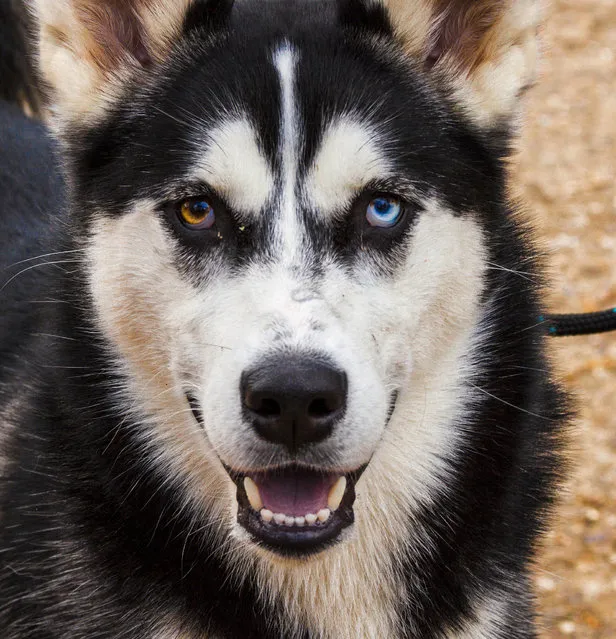
Photo by StooMathiesen

Photo by Jonathan Kwong
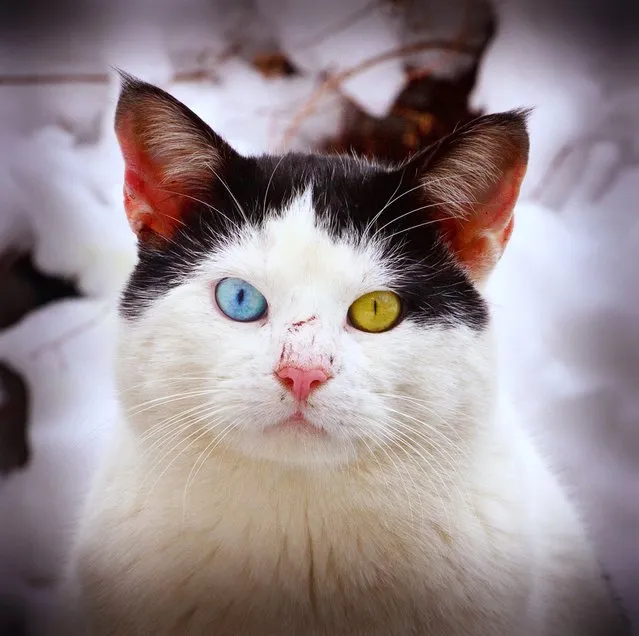
Photo by Jordy
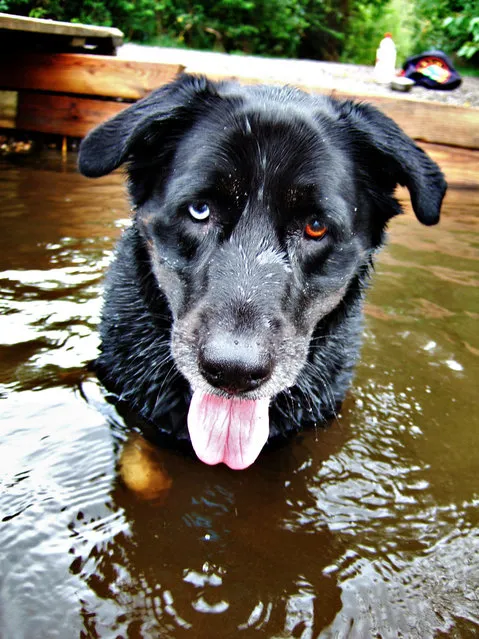
Photo by Carolyn Hendra
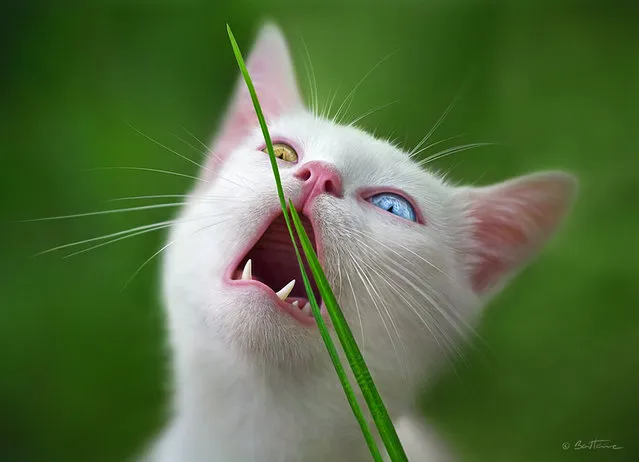
Photo by Ben Heine
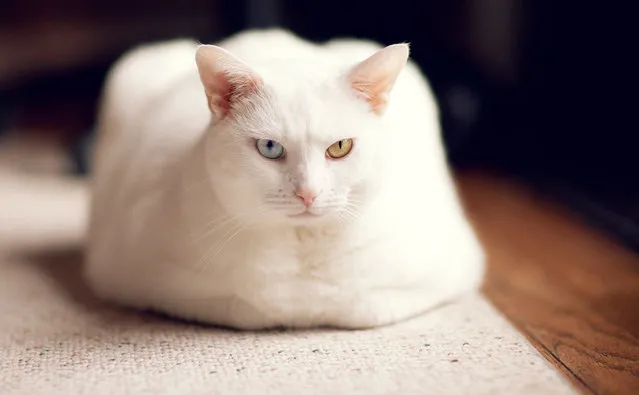
Photo by Kathy Froilan
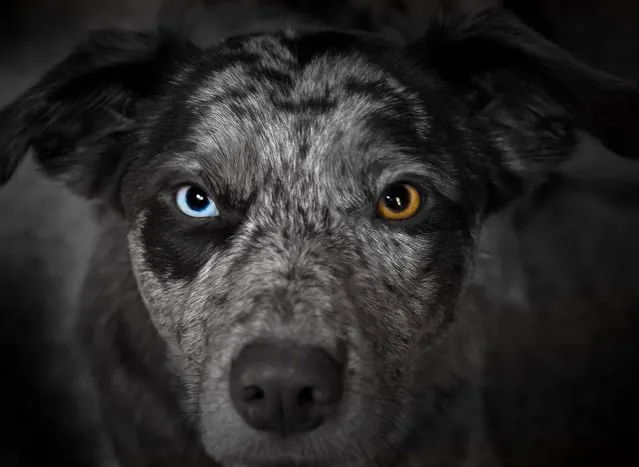
Photo by LoveLakesLife
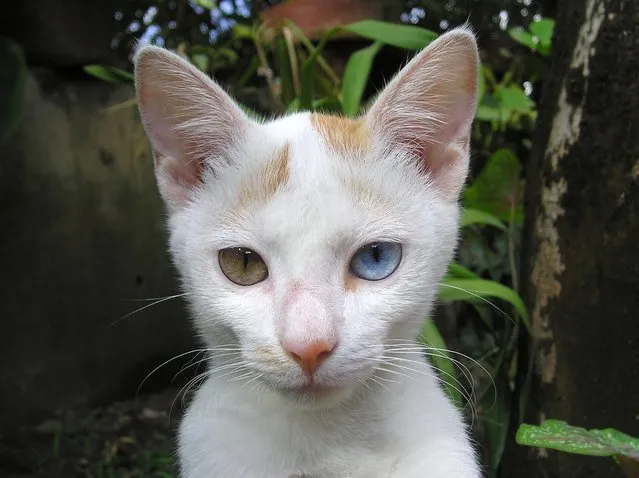
Photo by Edisonq
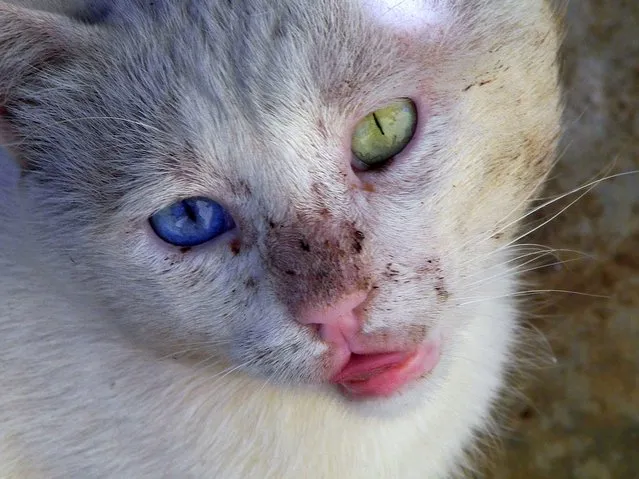
Photo by Gülcan Sağır
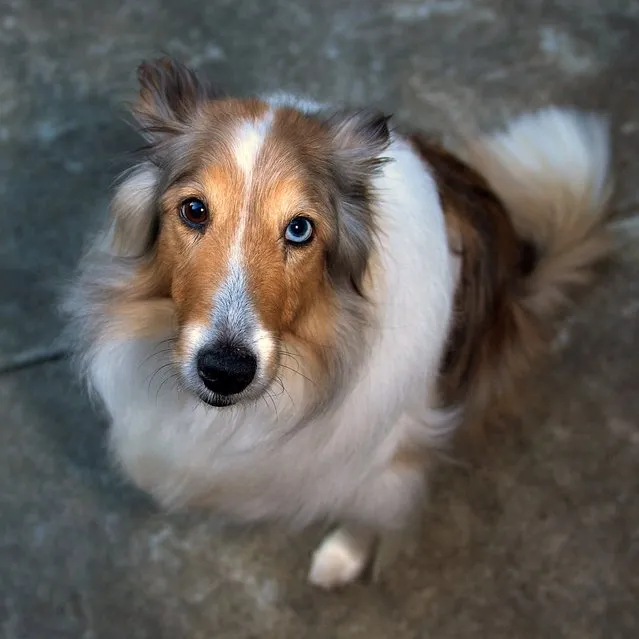
Photo by Greg Hughes aka Tzargregory

Photo by Jayiz
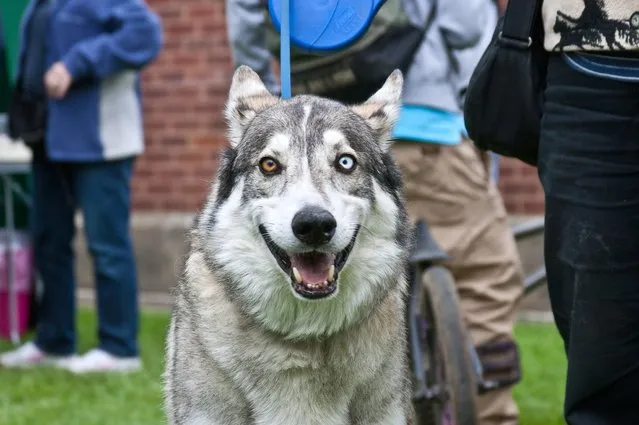
Photo by Olga Marks-Goloenko
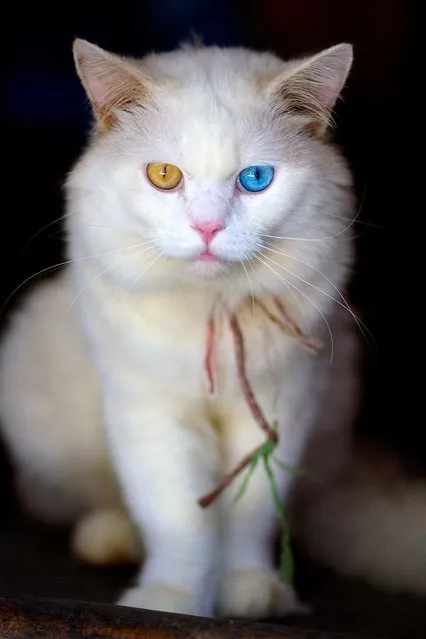
Photo by ~mimo~
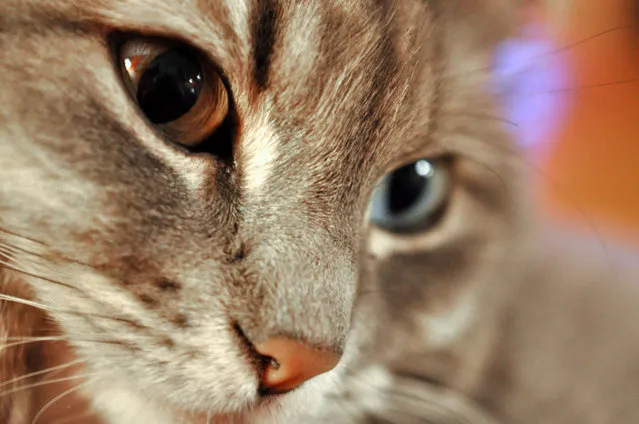
Photo by Laura and Nick
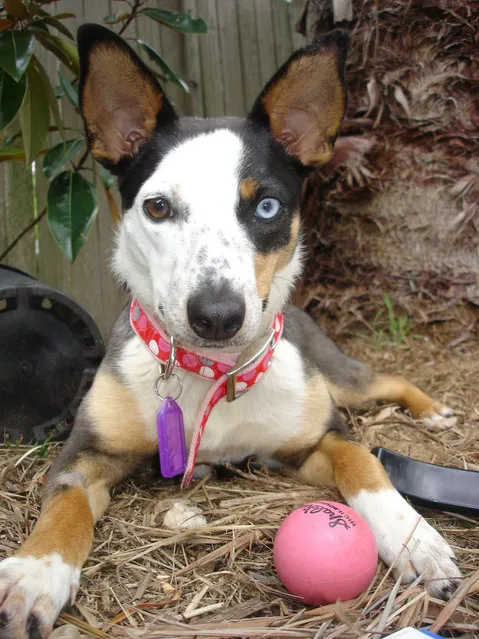
Photo by Fainty_girl
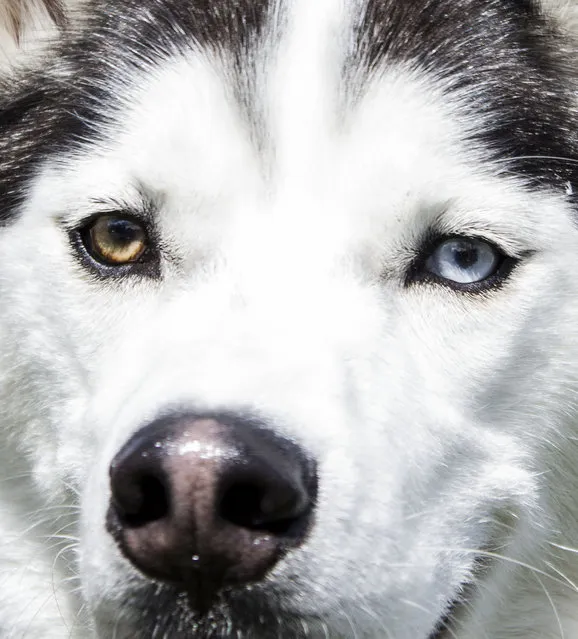
Photo by LittleMissBee
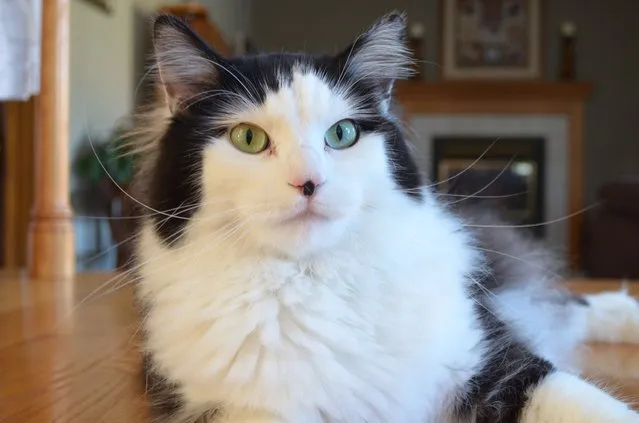
Photo by Elizabeth Wagner
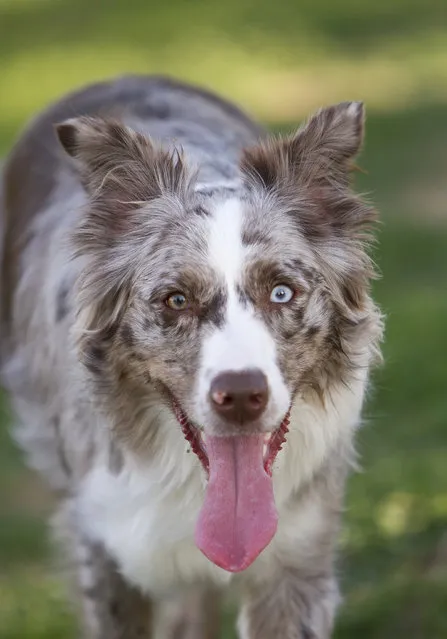
Photo by Holly Hildreth
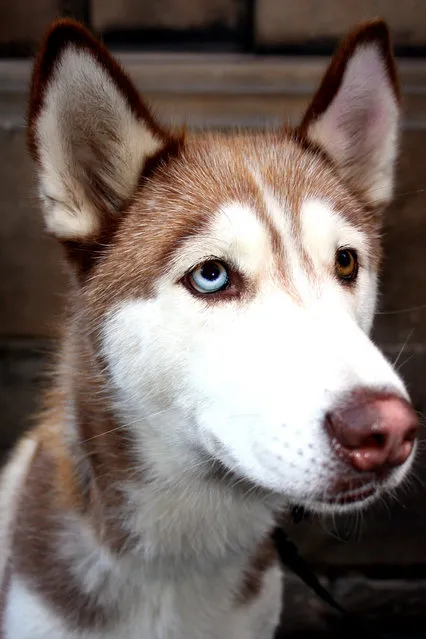
Photo by Kadie Zaczek
24 Jun 2012 12:47:00,
post received
0 comments
